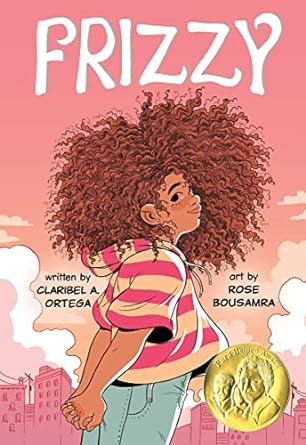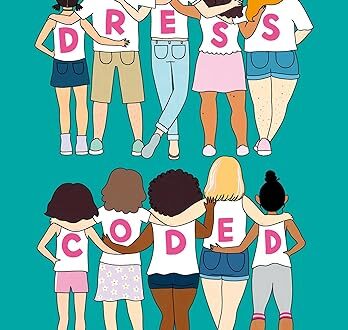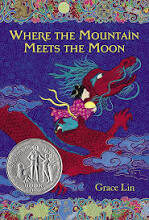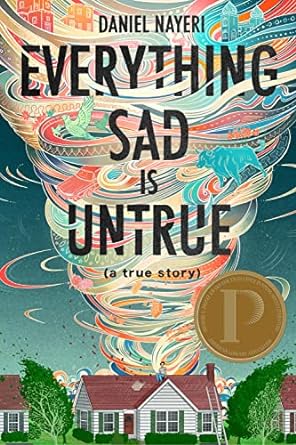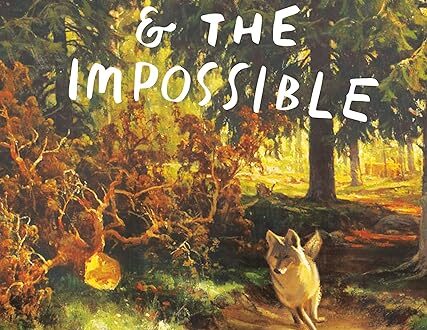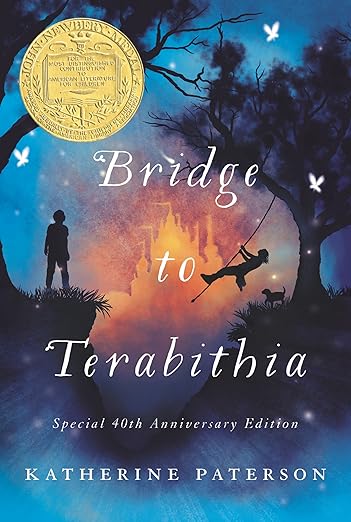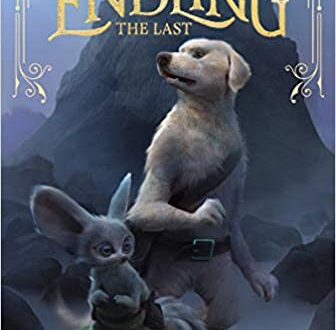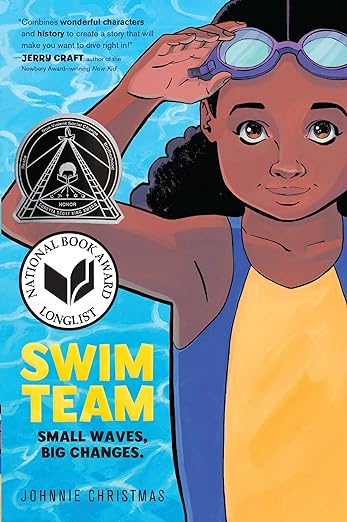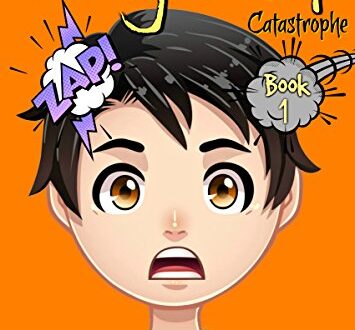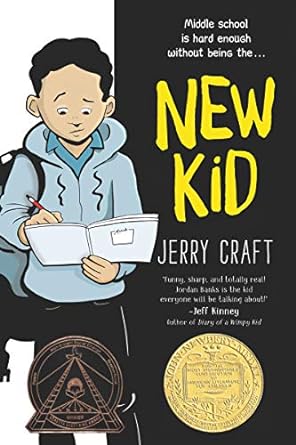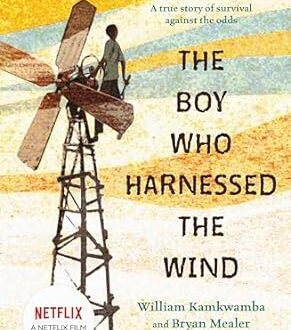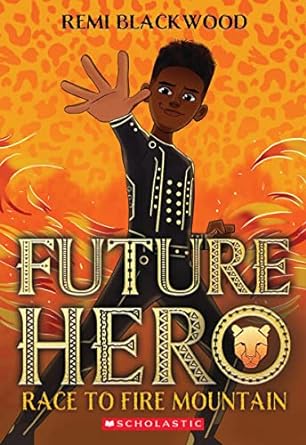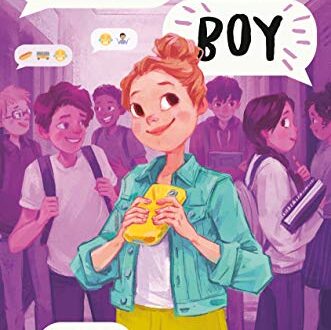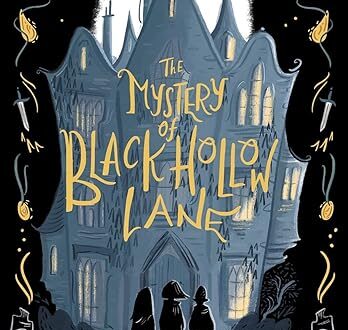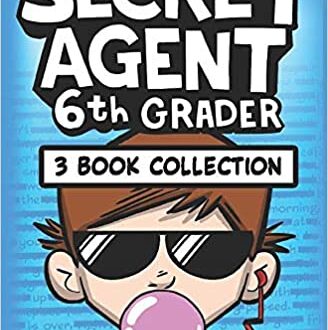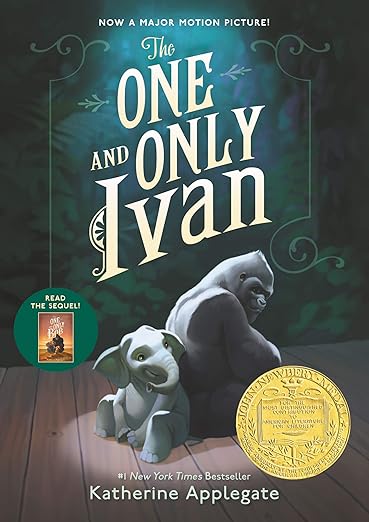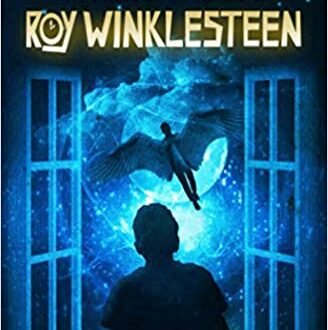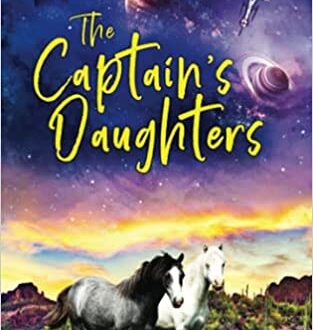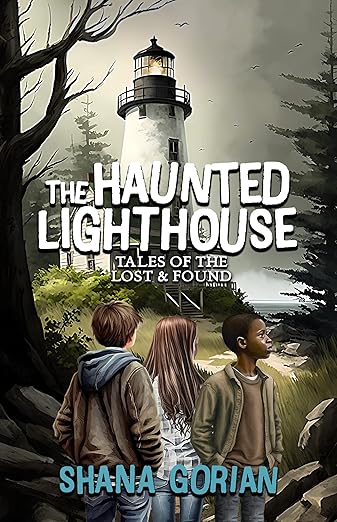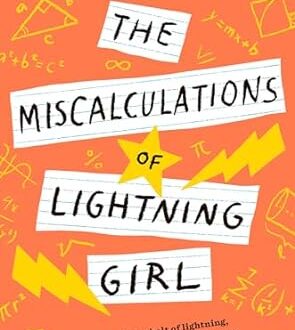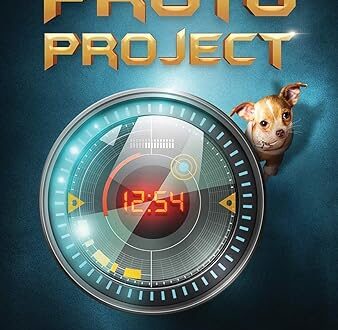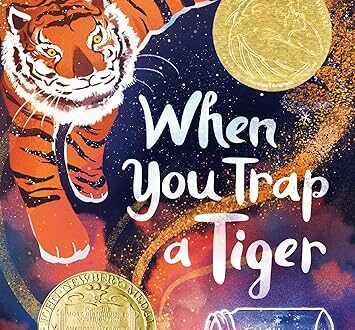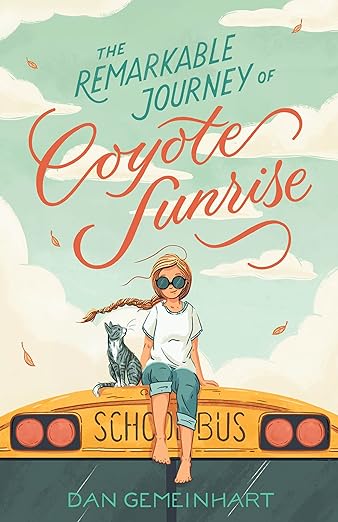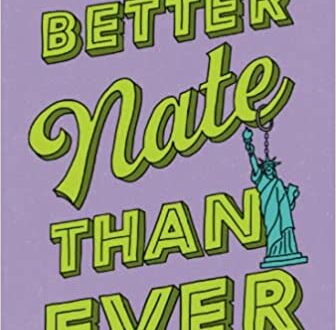-
Frizzy
Marlene loves three things: books, her cool Tía Ruby and hanging out with her best friend Camila. But according to her mother, Paola, the only thing she needs to focus on is school and “growing up.” That means straightening her hair every weekend so she could have “presentable”, “good hair”.
But Marlene hates being in the salon and doesn’t understand why her curls are not considered pretty by those around her. With a few hiccups, a dash of embarrassment, and the much-needed help of Camila and Tia Ruby―she slowly starts a journey to learn to appreciate and proudly wear her curly hair.
For Readers 9-12 from author Claribel A. Ortega and illustrator Rose Bousamra.
-
Everything Sad Is Untrue
A sprawling, evocative, and groundbreaking autobiographical novel told in the unforgettable and hilarious voice of a young Iranian refugee. It is a powerfully layered novel that poses the questions: Who owns the truth? Who speaks it? Who believes it?
“A patchwork story is the shame of the refugee,” Nayeri writes early in the novel. In an Oklahoman middle school, Khosrou (whom everyone calls Daniel) stands in front of a skeptical audience of classmates, telling the tales of his family’s history, stretching back years, decades, and centuries. At the core is Daniel’s story of how they became refugees—starting with his mother’s vocal embrace of Christianity in a country that made such a thing a capital offense, and continuing through their midnight flight from the secret police, bribing their way onto a plane-to-anywhere. Anywhere becomes the sad, cement refugee camps of Italy, and then finally asylum in the U.S.
Implementing a distinct literary style and challenging western narrative structures, Nayeri deftly weaves through stories of the long and beautiful history of his family in Iran, adding a richness of ancient tales and Persian folklore.
Like Scheherazade of One Thousand and One Nights in a hostile classroom, Daniel spins a tale to save his own life: to stake his claim to the truth. EVERYTHING SAD IS UNTRUE (a true story) is a tale of heartbreak and resilience and urges readers to speak their truth and be heard.
For Readers 12+ from author Daniel Nayeri.
-
Bridge to Terabithia
Jess Aarons has been practicing all summer so he can be the fastest runner in the fifth grade. And he almost is, until the new girl in school, Leslie Burke, outpaces him. The two become fast friends and spend most days in the woods behind Leslie’s house, where they invent an enchanted land called Terabithia. One morning, Leslie goes to Terabithia without Jess and a tragedy occurs. It will take the love of his family and the strength that Leslie has given him for Jess to be able to deal with his grief.
This beloved classic is for Readers 9-12 from award-winning author Katherina Paterson and illustrator Donna Diamond.
-
Swim Team: A Graphic Novel
Bree can’t wait for her first day at her new middle school, Enith Brigitha, home to the Mighty Manatees—until she’s stuck with the only elective that fits her schedule, the dreaded Swim 101. The thought of swimming makes Bree more than a little queasy, yet she’s forced to dive headfirst into one of her greatest fears. Lucky for her, Etta, an elderly occupant of her apartment building and former swim team captain, is willing to help.
With Etta’s training and a lot of hard work, Bree suddenly finds her swim-crazed community counting on her to turn the school’s failing team around. But that’s easier said than done, especially when their rival, the prestigious Holyoke Prep, has everything they need to leave the Mighty Manatees in their wake.
Can Bree defy the odds and guide her team to a state championship, or have the Manatees swum their last lap—for good?
For Readers 8-10 from author/illustrator Johnnie Christmas.
-
New Kid
Seventh grader Jordan Banks loves nothing more than drawing cartoons about his life. But instead of sending him to the art school of his dreams, his parents enroll him in a prestigious private school known for its academics, where Jordan is one of the few kids of color in his entire grade.
As he makes the daily trip from his Washington Heights apartment to the upscale Riverdale Academy Day School, Jordan soon finds himself torn between two worlds—and not really fitting into either one. Can Jordan learn to navigate his new school culture while keeping his neighborhood friends and staying true to himself?
For Readers 9-12 from Newberry Winning author/illustrator Jerry Craft.
-
Future Hero – Race To Fire Mountain
The start of a thrilling, highly illustrated series about a boy who finds a portal to a legendary world in his local barbershop . . . and learns he’s the hero they’ve been waiting for. For younger fans of Black Panther and Last Gate of the Emperor!
Jarell has never quite known where he belongs. He’s ignored at home and teased at school for wanting to draw instead of playing sports with the other boys. The only place he’s ever felt truly at ease is his local barbershop where the owner hangs Jarell’s art up on the walls.
When Jarell discovers a hidden portal in the barbershop, he’s transported to a magical world that’s unlike anything he’s seen before. But it’s not just the powerful gods and dangerous creatures that makes this world different―it’s that everyone believes Jarell is the hero they’ve been waiting for.
For Readers 7-10 from author Remi Blackwood.
-
The One and Only Ivan
Having spent twenty-seven years behind the glass walls of his enclosure in a shopping mall, Ivan has grown accustomed to humans watching him. He hardly ever thinks about his life in the jungle. Instead, Ivan occupies himself with television, his friends Stella and Bob, and painting.
But when he meets Ruby, a baby elephant taken from the wild, he is forced to see their home, and his art, through new eyes.
In the tradition of timeless stories like Charlotte’s Web and Stuart Little, Katherine Applegate blends humor and poignancy to create an unforgettable story of friendship, art, and hope.
For Reader 8-10 from Newberry Winner author Katerine Applegate and illustrator Patricia Castelao.
-
The Lemonade War
For a full hour, he poured lemonade. The world is a thirsty place, he thought as he nearly emptied his fourth pitcher of the day. And I am the Lemonade King.
Evan Treski is people smart. He’s good at talking with people, even grownups. His younger sister Jessie, on the other hand, is math-smart—but not especially good at understanding people. She knows that feelings are her weakest subject.
With just five days left of summer vacation, Evan and Jessie launch an all-out war to see who can sell the most lemonade before school starts. As the battleground heats up, there really is no telling who will win—and even more important, if their fight will ever end.
For Readers 8-10 from author Jacqueline Davis.
-
The Haunted Lighthouse: Tales of the Lost & Found
When a mysterious beam of light appears during a thunderstorm off the coast of Maine, three friends go in search of answers and find themselves unraveling an otherworldly tale.
On a visit to a coastal harbor town, the world is Noah’s oyster as long as the stormy weather doesn’t ruin the fun. Summer break has just begun, and with seven days of freedom, how much trouble can thirteen-year-old Noah, his best friend, and his sister really find? Plenty, as it turns out.
Because when the kids go snooping around an old, decommissioned lighthouse, its troublesome secrets begin to reveal themselves, and the kids are about to stumble upon a hundred-year-old mystery that still haunts the nearby fishing village.
For Readers 9-12 from author Shana Gorian.
-
The Remarkable Journey of Coyote Sunrise
Five years.
That’s how long Coyote and her dad, Rodeo, have lived on the road in an old school bus, crisscrossing the nation.
It’s also how long ago Coyote lost her mom and two sisters in a car crash.
Coyote hasn’t been home in all that time, but when she learns that the park in her old neighborhood is being demolished―the very same park where she, her mom, and her sisters buried a treasured memory box―she devises an elaborate plan to get her dad to drive 3,600 miles back to Washington state in four days…without him realizing it.
Along the way, they’ll pick up a strange crew of misfit travelers. Lester has a lady love to meet. Salvador and his mom are looking to start over. Val needs a safe place to be herself. And then there’s Gladys…
Over the course of thousands of miles, Coyote will learn that going home can sometimes be the hardest journey of all…but that with friends by her side, she just might be able to turn her “once upon a time” into a “happily ever after.”
For Readers 9-12 from author Dan Gemeinhart.
